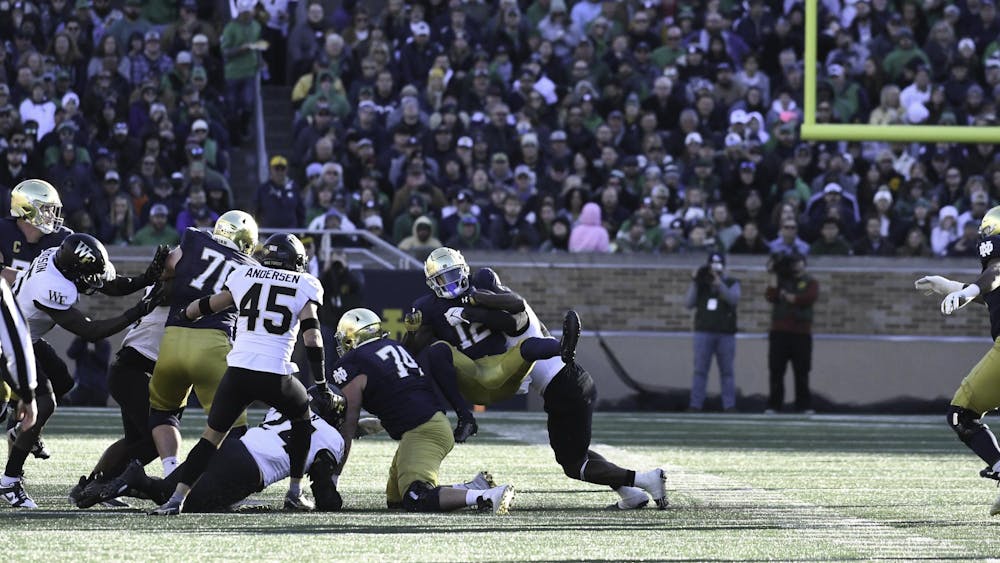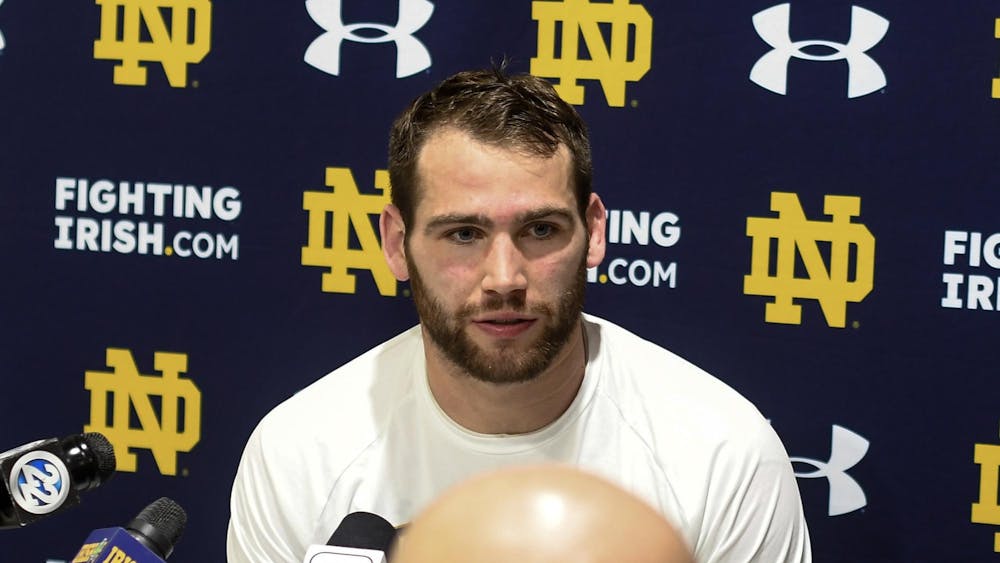Both the Syracuse men’s and women’s basketball programs are headed for the Final Four.
And I’m not sure which run is more surprising.
Simply comparing seeds would indicate the men’s team is the answer. Given a No. 10 seed at the start of the tournament, the Orange became just the fourth double-digit seed to reach the Final Four since seeding began.
Unlike the men, the Syracuse women were one of the better teams in their regional field. Seeded fourth, the Orange hosted the first and second rounds of the tournament, before heading to Sioux Falls, South Dakota, where they punched their first-ever ticket to the Final Four.
And that’s where the unlikeliness comes in. Most sports fans know that women’s college basketball has been dominated by the teams at the top — 2015 was the second time in four seasons every No. 1 seed made the Final Four — and the teams on the biggest stage are, by and large, known quantities.
But 2016 has been an outlier. In addition to the Orange, No. 2-seeded Oregon State and Washington, a No. 7 seed, are making their first ever trips to the Final Four.
On one hand, you have Connecticut, the No. 1 overall seed and three-time defending champion, and on the other, you have the most parity the women’s game has maybe ever seen.
It’s an odd juxtaposition, especially when framed in the context of the national debate, where columnists and fans are rushing to produce the “hottest” takes on Connecticut’s domination, which came to the forefront after a 98-38 Sweet 16 win last weekend.
Dan Shaughnessy’s assertion that UConn’s success is “killing” the women’s game has taken a significant amount of heat — and for good measure.
Because at the end of the day, where so many programs have caught up to the lead in the women’s game — see Oregon State, who didn’t make the tournament for nearly 20 years before entering the field in 2014 — UConn’s stayed a step, or two, ahead of everyone else.
What’s so bad about that?
Sure, that 60-point win isn’t the greatest thing for the women’s game, but where was the outrage when Kentucky blasted West Virginia by 39 in last year’s men’s Sweet 16? Or what about when Tiger Woods won the 2000 U.S. Open by 15 strokes?
The best historical context we have for Connecticut’s dominance surely has to be John Wooden’s UCLA teams, that won 10 of 12 titles and seven straight during the 1960s and 1970s. They were some of the greatest teams in sports history, sure, but we obviously don’t sit here in 2016 talking about how those Bruins “ruined” college basketball for good.
The men’s game 40 or 50 years ago was, in many ways, where the women’s game is today. Let’s recognize that.
Where the men’s game grew predominantly during the first few decades of the 1900s, the women’s one didn’t get a proper start until the 1970s, when the Association for Intercollegiate Athletics for Women (AIAW)-sponsored tournaments started to pick up steam. Take both of those dates out 40 years, and the dominance of UCLA matches up fairly well with what we’re seeing right now from Connecticut.
But despite what UCLA did, of course, the rest of the country eventually caught up. I mean, consider this: From 1956 through 1976, one-third of champions finished the season undefeated — the first was San Francisco in 1956, with the last being the 1976 Indiana team.
No squad has done it in the 40 years since.
In the last 21 years of the women’s game? Exactly eight teams have completed an undefeated, championship-winning season.
Granted, Connecticut is the heavy favorite to do it once more, but there’s ample evidence for the thought that its dominance won’t continue for longer — especially given Breanna Stewart, the best player to ever grace the women’s collegiate game, will exhaust her eligibility this weekend. Taking Stewart and Moriah Jefferson out of the equation next year will make those Huskies more vulnerable, and with more parity on the recruiting scene than ever, could spell the end of the dominance.
But what if it happens Sunday or Tuesday? If Oregon State, Syracuse or Washington pulls off the upset in Indianapolis, it’ll be one of the biggest sports stories in years. The “Miracle on Ice” would’ve been nothing if the Soviet Union hadn’t been so good.
So let’s take a step back from the “killing the game” talk and implore everyone else to, you know, get better.
And history says they will.













